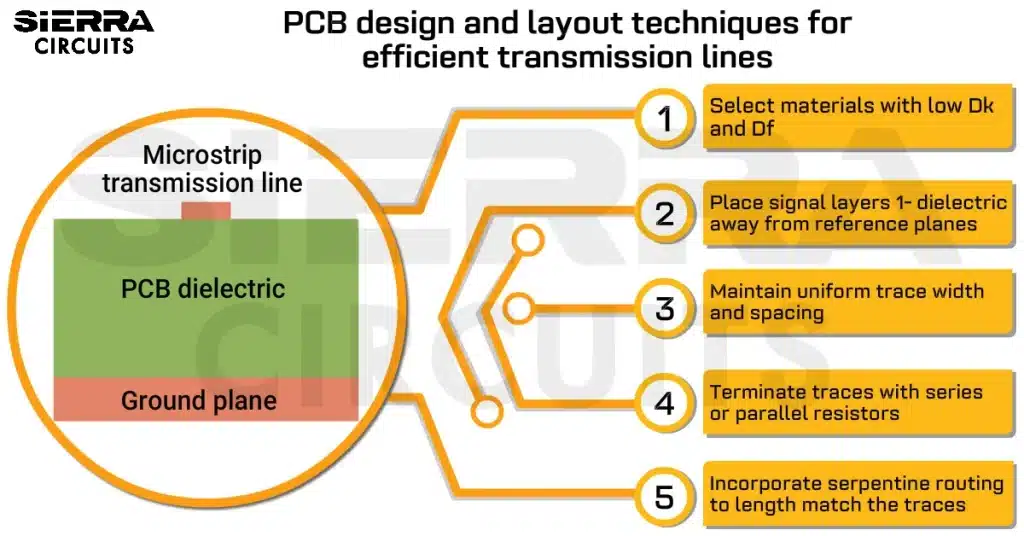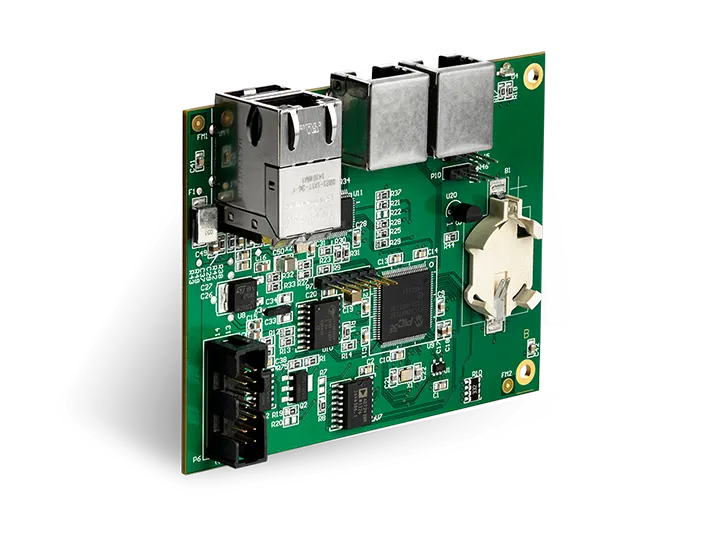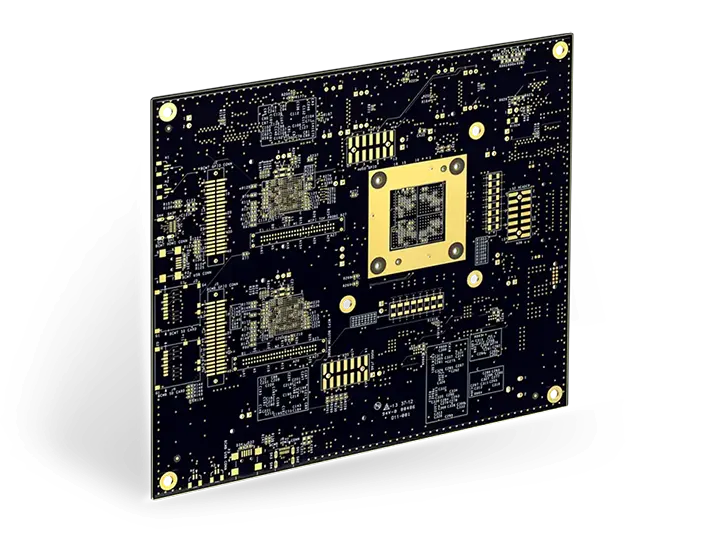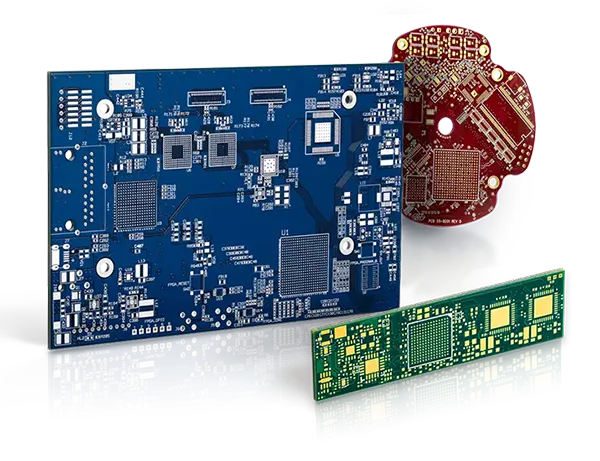Related Categories — Controlled Impedance » Signal Integrity
Designing Transmission Lines with Controlled Impedance in High-Speed PCB Layouts
Imagine you’re designing PCB transmission lines for a high-speed application. You’ve routed critical interfaces like PCIe and USB 3.0; however, […]
Controlled Impedance
How to Determine the Impedance of a Circuit
Impedance impacts how signals propagate through the board, how power is exchanged between components, and how signals leak ... more »
Controlled Impedance
What is a PCB Transmission Line?
A PCB transmission line is a type of interconnection used for moving signals from their transmitters to their ... more »
Controlled Impedance
Designing Transmission Lines with Controlled Impedance in High-Speed PCB Layouts
Imagine you’re designing PCB transmission lines for a high-speed application. You’ve routed critical interfaces like PCIe and USB ... more »
Controlled Impedance
How to Determine the Impedance of a Circuit
Impedance impacts how signals propagate through the board, how power is exchanged between components, and how signals leak ... more »
Controlled Impedance
What is a PCB Transmission Line?
A PCB transmission line is a type of interconnection used for moving signals from their transmitters to their ... more »
Controlled Impedance
How TDR Impedance Measurements Work
Measuring impedance and checking for faults and discontinuities on different points of a PCB trace is not a ... more »
Controlled Impedance
Specifying Your Controlled Impedance Requirements
Circuit board manufacturers have invested in advanced modeling software and testing devices to specify the controlled impedance requirements ... more »
Controlled Impedance
Handling Differential Signaling in Flex PCBs
Most modern devices employ differential signaling to meet high-speed and high data-rate needs. Controlling differential signaling in rigid ... more »
Controlled Impedance
Impedance Matching in HDI PCB Design
Impedance matching is the way of configuring the input impedance of a load or the output impedance of ... more »
Controlled Impedance
How to Build a Flex Stack-Up with Controlled Impedance
Impedance is the measurement of the restriction imposed by a circuit on the current flow. It is similar ... more »
Controlled Impedance
What Is the Difference Between Microstrip and Stripline in PCBs?
PCBs typically use two types of transmission lines: microstrips and striplines. Each of the transmission lines consists of ... more »
Controlled Impedance
Fabrication, Procurement, & Assembly. PCBs fully assembled in as fast as 5 days.
- Bundled together in an entirely-online process
- Reviewed and tested by Engineers
- DFA & DFM Checks on every order
- Shipped from Silicon Valley in as fast as 5 days
Fabrication. Procurement & Assembly optional. Flexible and transparent for advanced creators.
- Rigid PCBs, built to IPC-6012 Class 2 Specs
- 2 mil (0.002″) trace / space
- DFM Checks on every order
- 24-hour turn-times available
Complex technology, with a dedicated CAM Engineer. Stack-up assistance included.
- Complex PCB requirements
- Mil-Spec & Class 3 with HDI Features
- Blind & Buried Vias
- Flex & Rigid-Flex boards




